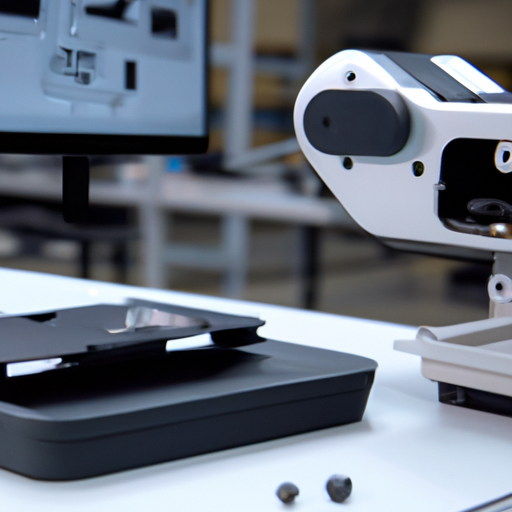OCR versus Manual Data Entry: A Comparison
- michael
- May 11, 2023
In today’s digital age, data plays a crucial role in the success of any organization. However, entering data manually can be time-consuming and error-prone. Optical character recognition (OCR) technology has emerged as an effective solution for automating data entry processes. In this article, we will compare OCR and manual data entry, exploring the advantages and disadvantages of each.
OCR Technology
OCR technology uses computer algorithms to identify and extract text from scanned or digital images. This technology converts images into machine-readable text, which can then be used in a variety of applications, including data entry. OCR technology can recognize characters, words, and even whole sentences, making it a powerful tool for automating data entry.
Advantages of OCR Technology
- Speed: OCR technology can process large volumes of data quickly, reducing the time required for data entry.
- Accuracy: OCR technology can accurately recognize text, reducing errors associated with manual data entry.
- Automation: OCR technology can automate data entry processes, reducing the need for human intervention.
- Cost-effective: OCR technology can reduce the cost of data entry by eliminating the need for manual labor.
Disadvantages of OCR Technology
- Limited to Text: OCR technology can only recognize and extract text, making it unsuitable for data entry involving images or other non-textual data.
- Quality of Input: The quality of the input, such as the quality of the scanned or digital image, can impact the accuracy of OCR technology.
- Training: OCR technology requires training to accurately recognize text, and may require additional resources for implementation and maintenance.
Manual Data Entry
Manual data entry involves the input of data by humans, typically through typing or handwriting. This method has been used for decades, but can be time-consuming and prone to errors
Advantages of Manual Data Entry
- Flexibility: Manual data entry can be used for a wide range of data types, including images, audio, and video.
- Quality Control: Manual data entry allows for manual review and quality control, ensuring accuracy and completeness.
- Familiarity: Manual data entry is a familiar process for most employees, requiring minimal training.
Disadvantages of Manual Data Entry
- Time-consuming: Manual data entry can be time-consuming, particularly for large volumes of data.
- Error-prone: Manual data entry is prone to errors, particularly when entering data into multiple systems.
- Cost: Manual data entry can be expensive, particularly when considering the cost of human labor
OCR technology and manual data entry both have their advantages and disadvantages. OCR technology offers significant speed and accuracy advantages over manual data entry, making it a cost-effective option for businesses that deal with large volumes of data. However, OCR technology requires training, maintenance, and high-quality source documents to work effectively. On the other hand, manual data entry offers flexibility and quality control, but can be time-consuming and error-prone. The choice between OCR technology and manual data entry will depend on the specific needs and resources of each organization. Businesses should evaluate the amount and type of data they need to handle, as well as the cost of human labor and training, before deciding which method to use. Additionally, businesses should consider using a hybrid approach that combines both OCR technology and manual data entry to maximize the benefits of both methods
Conclusion
OCR technology offers numerous advantages over manual data entry, including speed, accuracy, and cost-effectiveness. However, it may not be suitable for all data types and requires training and maintenance. Manual data entry is flexible and allows for quality control, but can be time-consuming and error-prone. Ultimately, the choice between OCR technology and manual data entry will depend on the specific needs and resources of each organization.

Robotic Process Automation
Blog Categories
Feel free to get in touch with our experts.
Other articles
Emerging Chatbot Trends: AI Technology, NLP, Sentiment Analysis & Multi-Language Support for Customer Support
Enhancing healthcare through intelligent conversation. Enhancing Mental Health Support and...
Read MoreHow to Get Started with AI and RPA
Introduction to AI and RPA: A Beginner’s Guide Artificial Intelligence...
Read MoreAI and RPA for Customer Service
The Impact of AI and RPA on Customer Service: Enhancing...
Read More




